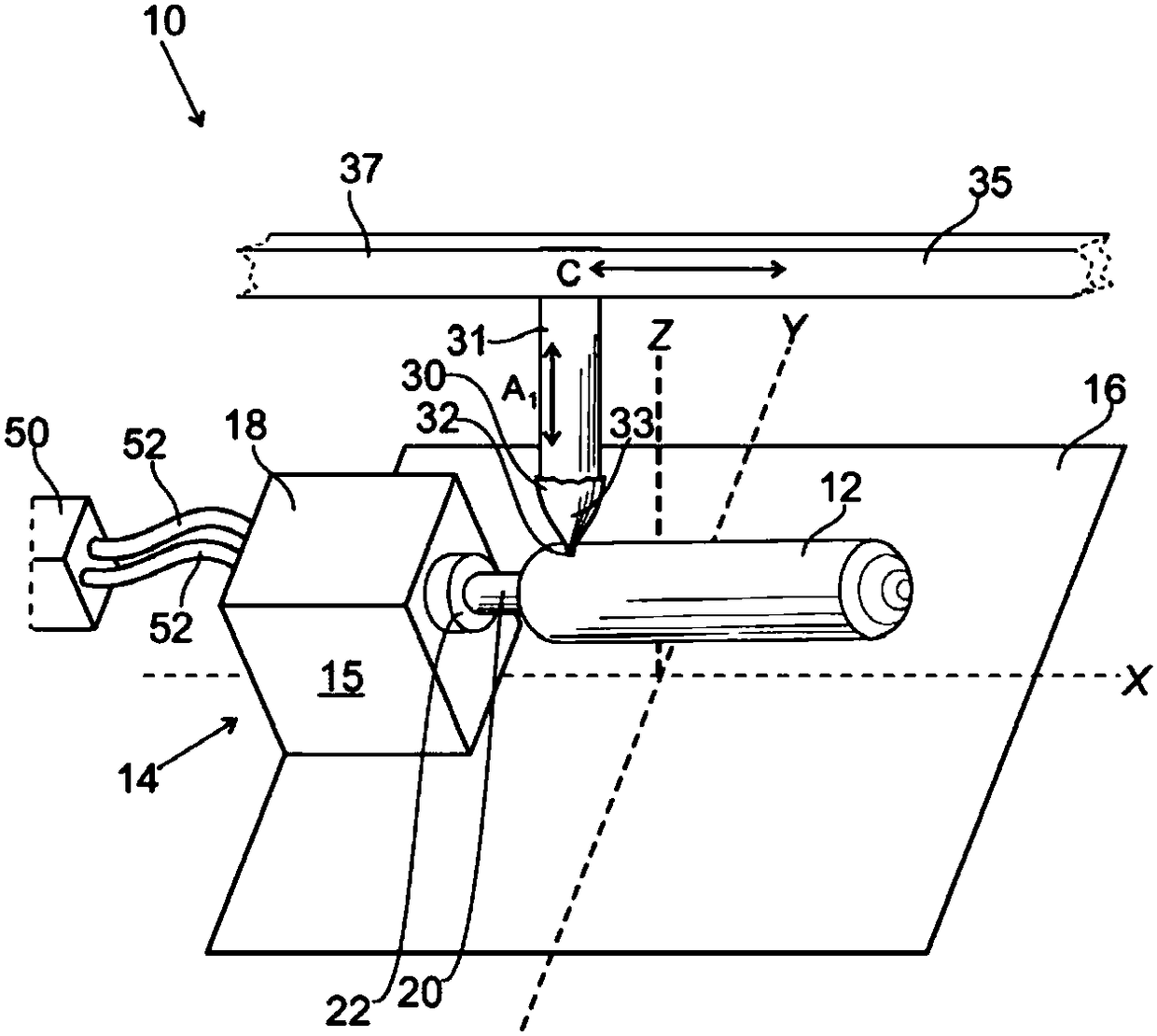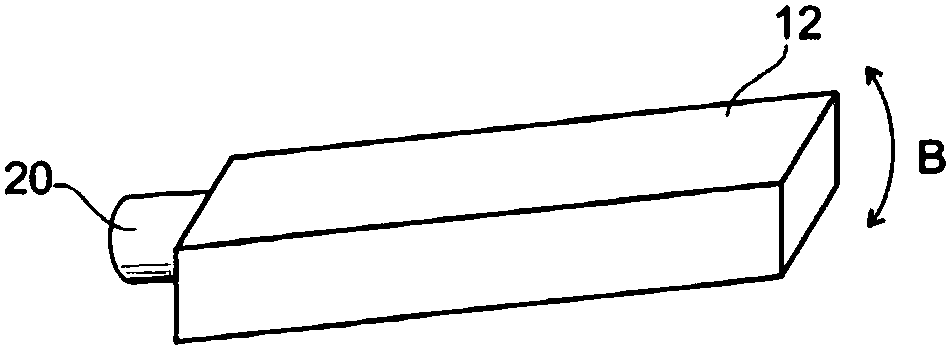3-d printing of porous implants
A 3D printing and implant technology, applied in 3D printing, bone implants, spinal implants, etc., can solve the problems of weak ability and difficult to fit the implant site
- Summary
- Abstract
- Description
- Claims
- Application Information
AI Technical Summary
Problems solved by technology
Method used
Image
Examples
Embodiment Construction
[0031] definition
[0032]For the purposes of this specification and the appended claims, unless otherwise indicated, all figures expressing amounts of ingredients, percentages or ratios of materials, reaction conditions and other numerical values used in this specification and claims are to be understood as is modified in all cases by the term "about". Similarly, when values are expressed as approximations, by use of the antecedent "about," it will be understood that the particular value forms another embodiment of + / - 10% of the stated value. Accordingly, unless indicated to the contrary, the numerical parameters set forth in the following specification and appended claims are approximations that may vary depending upon the desired properties sought to be obtained by the present disclosure. At the very least, and not as an attempt to limit the application of the doctrine of equivalents to the scope of the claims, each numerical parameter should at least be construed in ...
PUM
| Property | Measurement | Unit |
|---|---|---|
| diameter | aaaaa | aaaaa |
| diameter | aaaaa | aaaaa |
| size | aaaaa | aaaaa |
Abstract
Description
Claims
Application Information
 Login to View More
Login to View More - R&D
- Intellectual Property
- Life Sciences
- Materials
- Tech Scout
- Unparalleled Data Quality
- Higher Quality Content
- 60% Fewer Hallucinations
Browse by: Latest US Patents, China's latest patents, Technical Efficacy Thesaurus, Application Domain, Technology Topic, Popular Technical Reports.
© 2025 PatSnap. All rights reserved.Legal|Privacy policy|Modern Slavery Act Transparency Statement|Sitemap|About US| Contact US: help@patsnap.com



